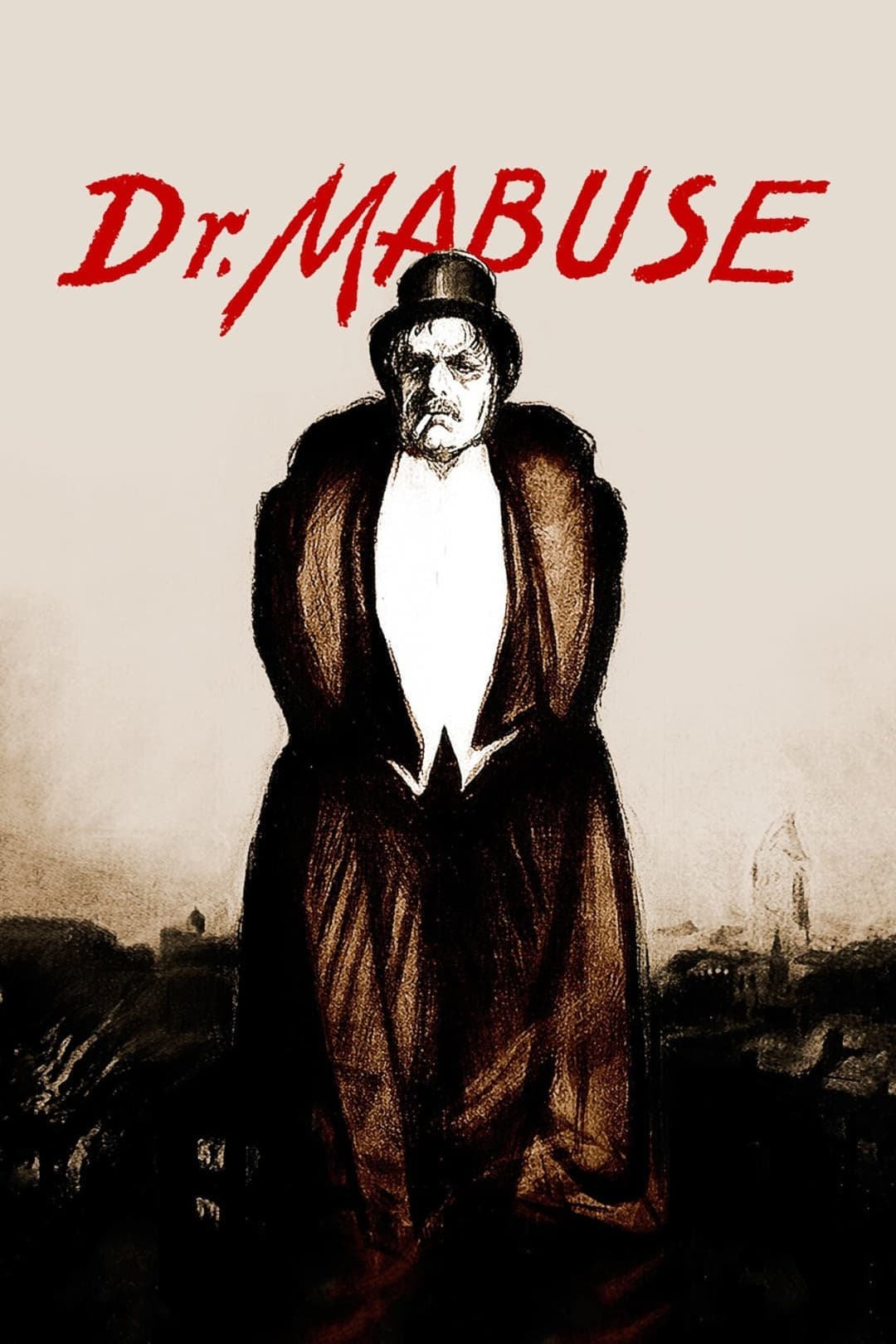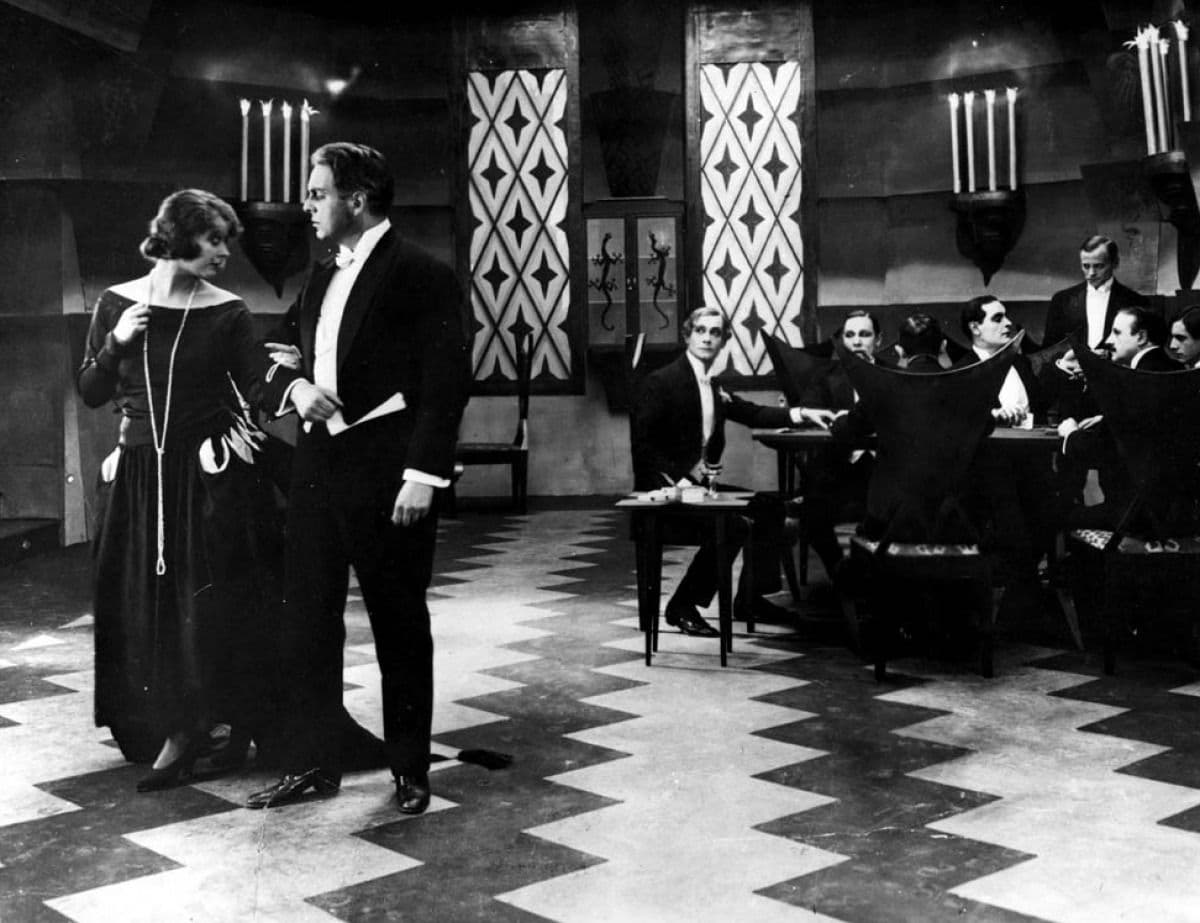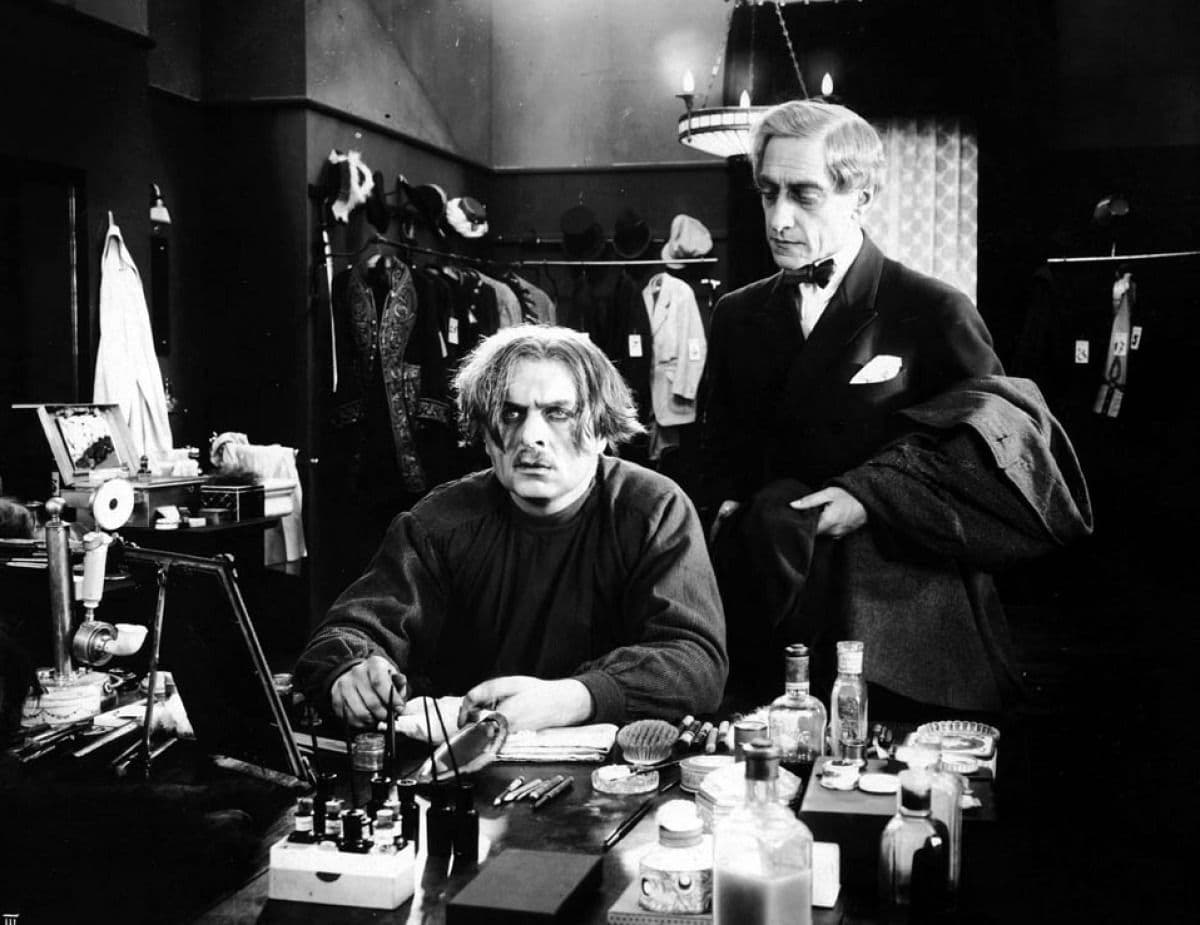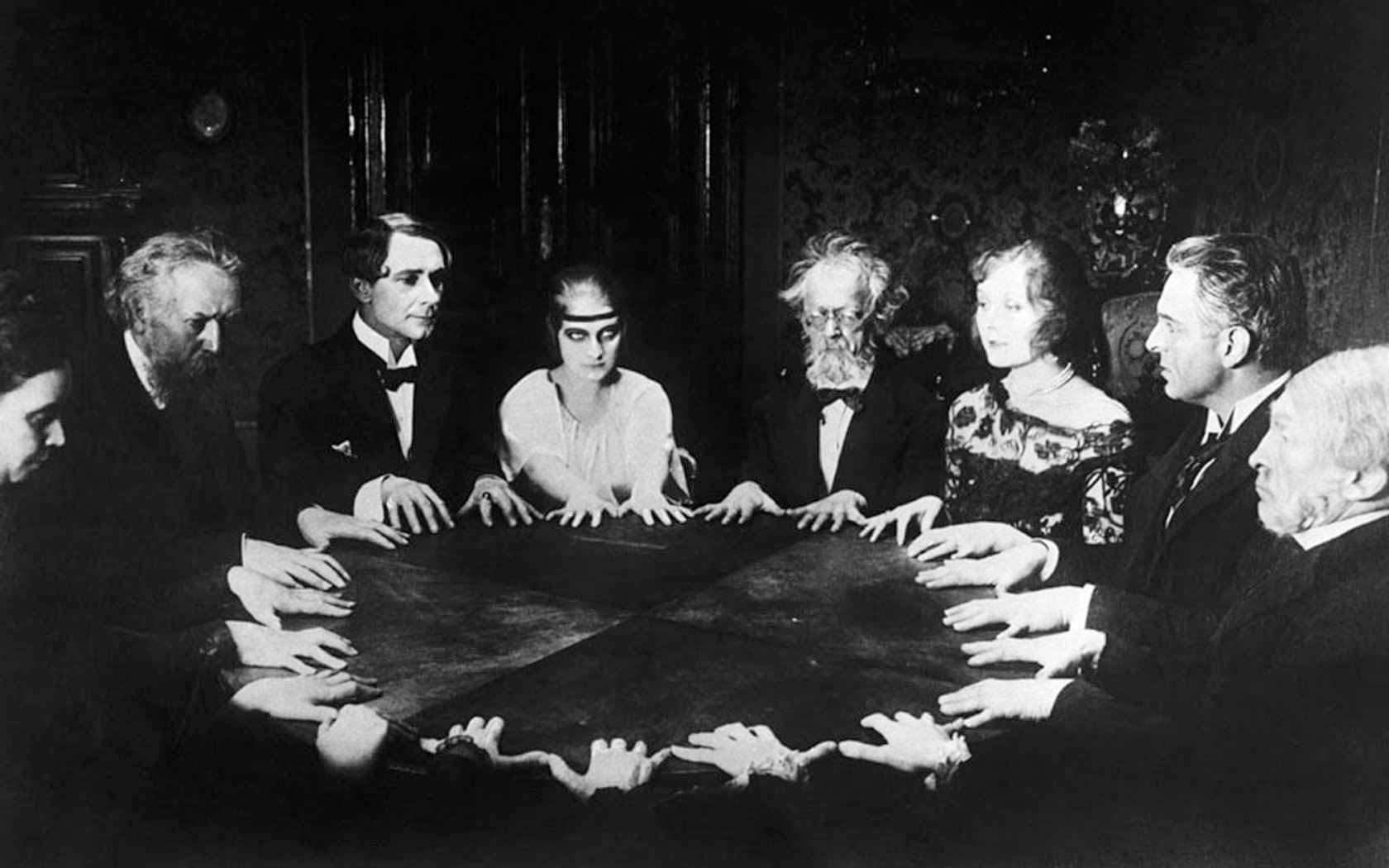
Dr. Mabuse, the Gambler
1922
Rate this movie
Average: 0.00 / 5
(0 votes)
Director
First chapter of the trilogy that Lang dedicated to the demonic figure of Dr. Mabuse, a titanic work that stands as a cinematic monument to foresight and unease. It is a work divided into two parts: "Mabuse the Gambler" is the first, "a picture of the era" the second. The film is set in the tumultuous Weimar Republic, a period of great political, economic, and social instability, a veritable cultural powder keg where moral decay and the unbridled pursuit of pleasure coexisted with the looming shadow of destitution and extremism. The figure of Mabuse, a ruthless manipulator and criminal, does not merely reflect the fears and anxieties of a society in search of a new identity, but embodies its most fatal manifestation, an epiphenomenon of the collective psyche in collapse. Although made before Hitler's rise, "Dr. Mabuse" eerily anticipates some of the themes that would characterize the Nazi regime, such as the manipulation of the masses through propaganda and the cult of personality, the perverse allure of absolute power, and the disintegration of civic sense. Lang utilizes all the tools of German Expressionism to create a dark and oppressive atmosphere, elevating cinematic language into a mirror of the most recondite human soul. The distorted shots that defy conventional geometry, the interplay of light and shadow that sculpts faces and environments in Caravaggesque chiaroscuro, the claustrophobic set designs that suffocate the spirit and reflect the characters' internal prison—everything contributes to making the film an intense visual experience, almost a lucid nightmare, and profoundly unsettling, comparable to the impact of "The Cabinet of Dr. Caligari" but with an incomparable epic and social dimension. The film's narrative structure is complex and articulated, with numerous flashbacks that fragment the perception of reality and plot twists that shake certainties. This non-linear structure not only creates a sense of disorientation and unease in the viewer, but also reflects the very social disintegration and loss of moral reference points that afflicted Germany in those years.
Dr. Mabuse, a genius of crime and hypnosis, schemes in the shadows of the Weimar Republic, an invisible puppeteer pulling the strings of the Berlin Stock Exchange, counterfeiting money with surgical precision, and orchestrating intricate criminal machinations ranging from fraud to blackmail, all the way to murder. With a diabolical intelligence and an almost chameleon-like capacity for transformation – he poses as a psychoanalyst, a forger, a mystifier – Mabuse manages to evade justice, sowing chaos and terror in an already faltering society. He is the archetype of the new man, born from the ashes of the Great War, who thrives in chaos, a Mephistophelian demiurge who believes he can shape reality as he pleases. A tenacious prosecutor, Von Wenk, the embodiment of law and order in a world devoid of certainties, sets out on his trail, initiating an all-out struggle between good and evil, an existential chess game that transcends mere police investigation. The investigations lead Von Wenk to uncover the intricate web of plots and deceptions orchestrated by Mabuse, but the criminal always seems one step ahead, almost omniscient, more an entity than a man. His ability to manipulate the minds of others, to bend wills with a mere glance, makes him an invisible and pervasive threat. After a series of daring adventures and escapades, culminating in a breathtaking chase and a showdown that feels almost cathartic, Mabuse is finally captured and interned in an asylum. However, the shadow of his evil genius is not dispelled; it continues to loom over the city, a sinister omen that this is not his end, but merely a metamorphosis, foreshadowing new dangers and the continuation of his fatal influence, as the subsequent "The Testament of Dr. Mabuse" would later confirm.
Each chapter of the Mabuse saga touches upon and permeates a specific German historical period (Weimar, Nazism, and the Cold War), serving as a magnifying glass on the political and social pathologies that afflicted the nation. Lang strikes with the modernity of his language, the fluidity of stylistic elements that fuse psychological drama and action thriller, the lucid portrayal of Mabuse's criminal mind, and his devastating gaze – a gaze that is not only the character's, but also the penetrating and disenchanted gaze of Lang himself and his camera. Mabuse is not just a criminal, but a true genius of evil, a nihilist who rises above common morality, a dark prophet of the impending cataclysm. His ability to manipulate people and events, to orchestrate chaos with mechanical precision, makes him a fascinating and terrible figure at the same time, almost a hypostasis of that latent desire for absolute order that resolves itself into tyranny. Through the figure of Mabuse, Lang does not merely criticize the society of his time, but denounces its deepest and most systemic vulnerabilities, the dangers inherent in the manipulation of the masses and the corruption of power. His profile represents the dark side of society, the evil lurking behind the appearances of ephemeral prosperity and superficial freedom, a deflagration of values that opened the doors to totalitarian drifts. A terrible and fascinating work by Lang, with unsettling precognitive overtones regarding the course of his country's history, a kind of terrifying soothsayer ready to seize Reality and, ultimately, ourselves, petrified and powerless spectators, trapped in a vision that will prove painfully prophetic.
Country
Gallery




Comments
Loading comments...